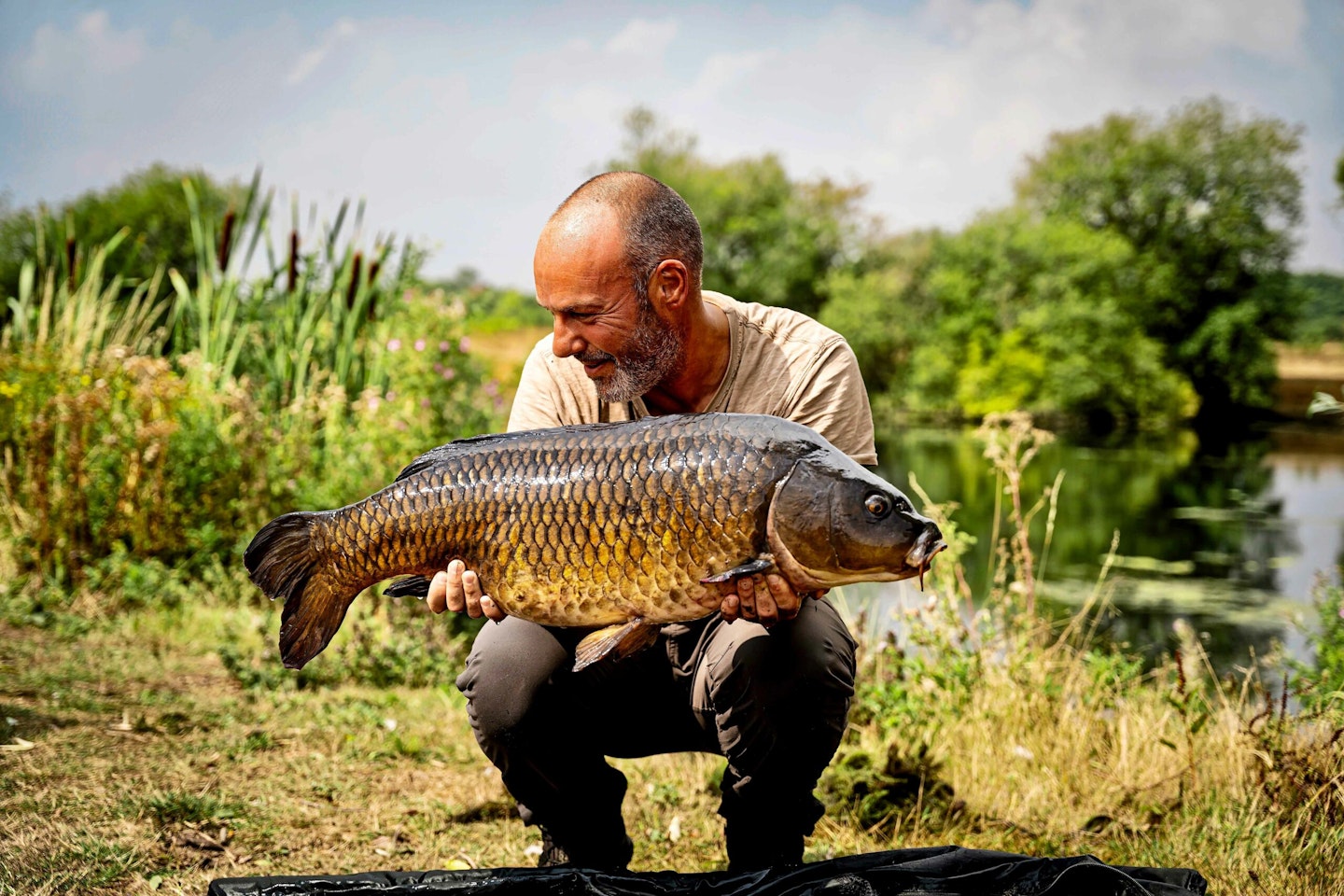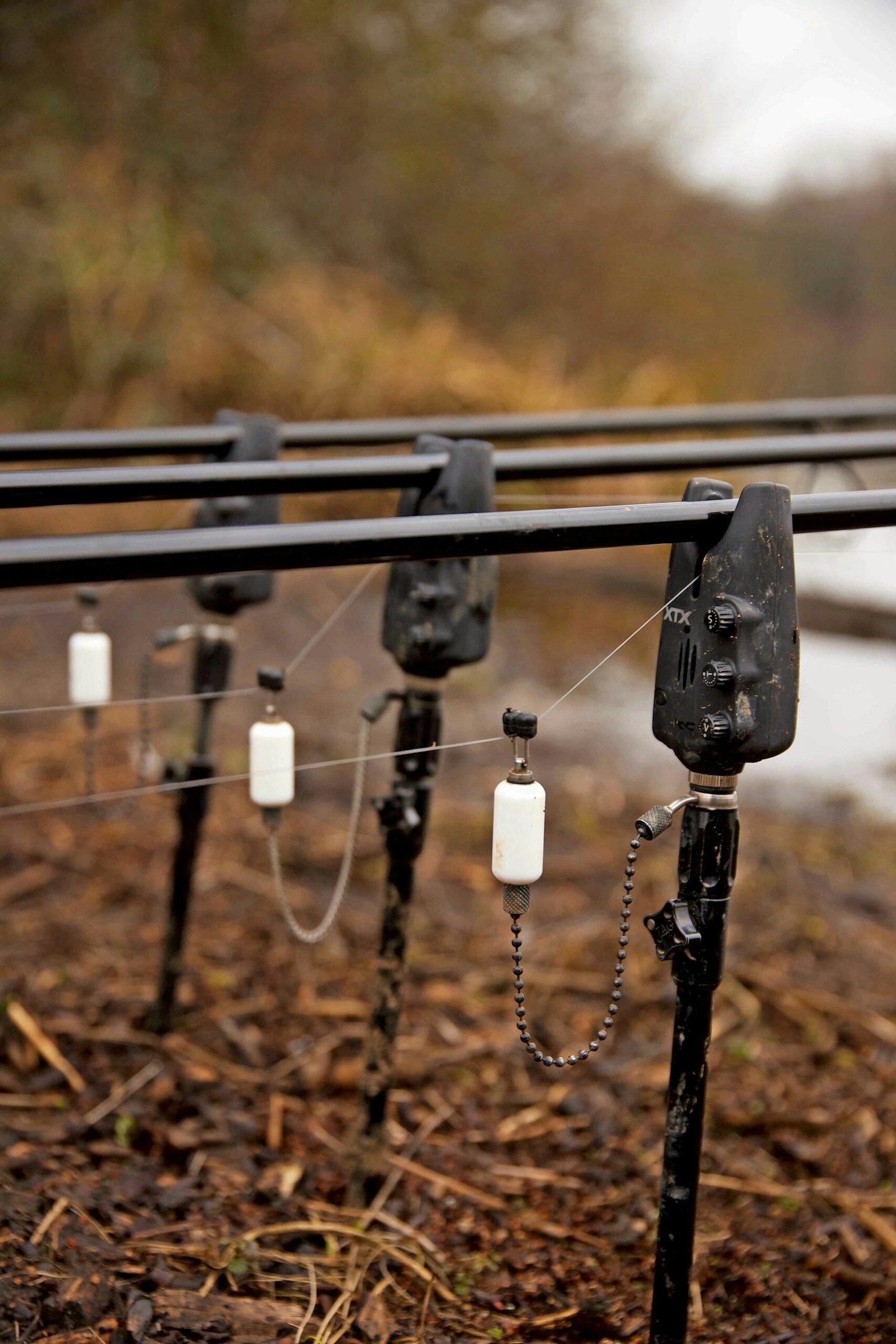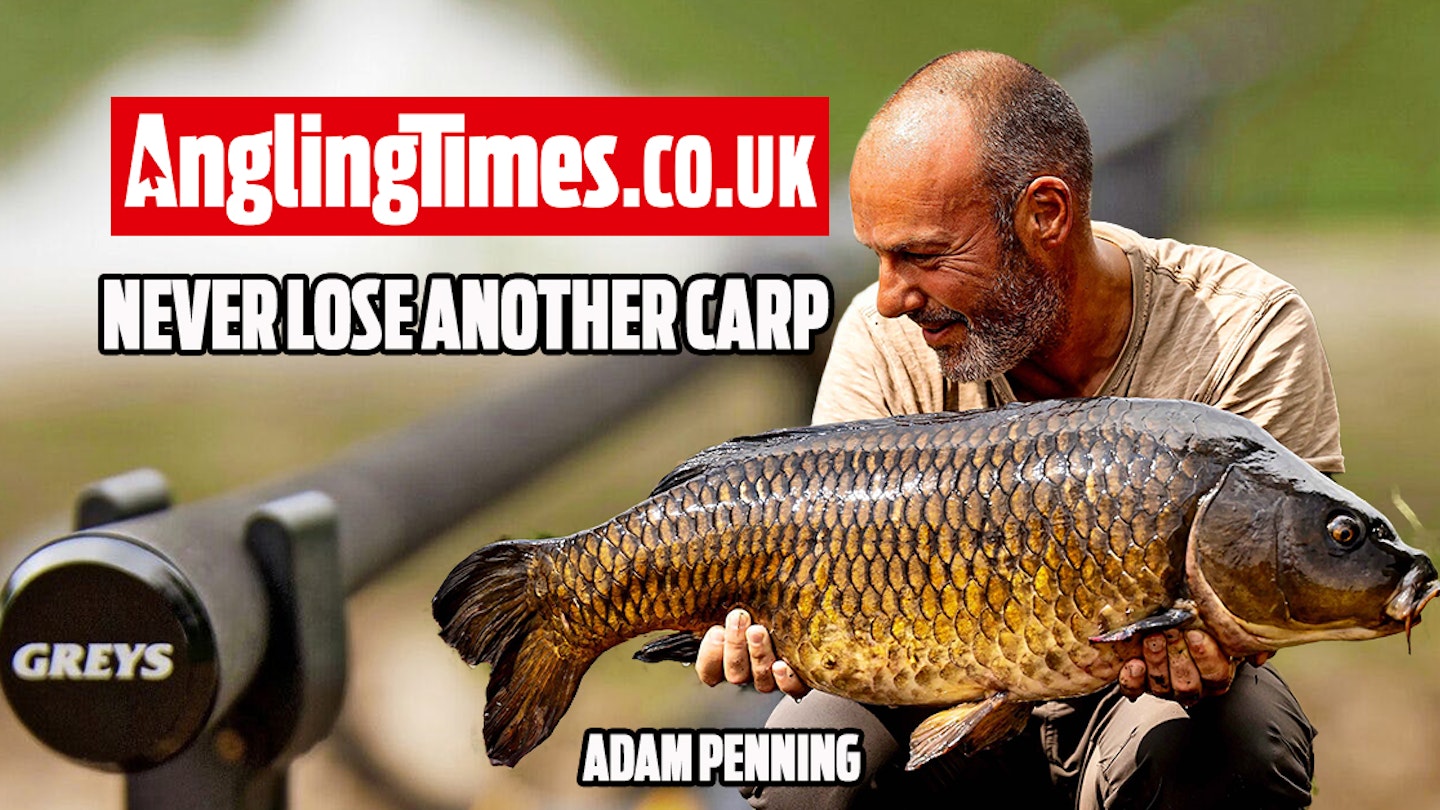I’ve been fishing a lot of day-tickets this year and it’s amazed me how many anglers are losing fish after either mysteriously failing to connect with what they think is a bite, or due to a hook-pull during the fight.
I’ve had people on occasion tell me they ‘lost’ three in a night and on a very tricky water too! The reality is that people are often hitting big liners and are also unfortunately getting wiped out by trailers – both of which they wrongly put down as being lost fish.
GET ALL THE KIT YOU NEED FOR CARP FISHING BY CHECKING OUT OUR BUYER'S GUIDES TO RODS, REELS, BIVVIES, ALARMS, BEDCHAIRS AND MORE.

Taking these incidents out of the equation, there are measures we can take to radically increase our hooked to landed ratio, even on barbless waters which, in my opinion, should have a no greater loss-rate than a barbed water. The key adjustment to make is in the resistance that you offer the taking fish – it all starts there.
You need to set your freespool/clutch so that it’s very hard for a carp to take line from the reel. Setting a slack clutch because you like to see a ‘screaming take’ is fools’ folly and will definitely cost you fish. Think of it as being like a dog on a lead – you want that carp straining against the leash from the outset because this means you’ll have it under control from the start, and your hookhold reliability will be massively increased.

In order to fish like this, it’s imperative that you have a secure, solid back rest set up. The butt rests must grip the rod properly, preventing it from slipping forward. If you can’t do this with your current set-up, then you can achieve it by placing the butt ring of the rod behind the alarm. Set the bobbin on a decent drop and have the sensitivity on the alarm set as high as conditions will allow without lots of false bleeps. A good, well-controlled bite should see a quick succession of bleeps as the bobbin rises to the rod, followed by everything beginning to ‘compress’ as the fish hits the reel and is forced to slow down. At that point the clutch should be ticking out slowly and the fish already well hooked!
PRACTICE THESE TIPS ON ONE OF THESE SUPERB CARP FISHING VENUES NEAR YOU.

This page is a free example of the amazing content Angling Times Members get every single week. Becoming an Angling Times Member gives you access to award-winning magazine content, member rewards, our back issue archives, bonus content and more! Join our fishing community and find out more today!
